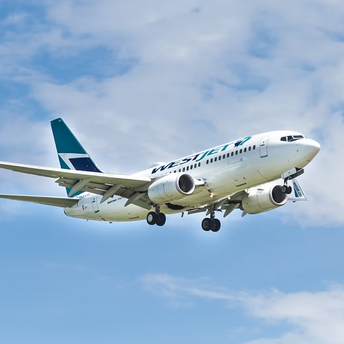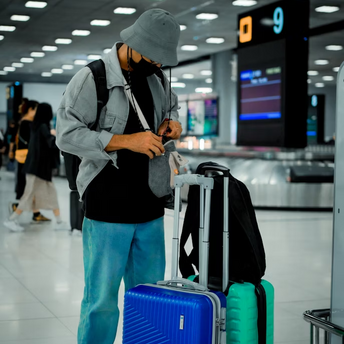How safe is modern air travel: from statistics and possible causes of airplane crashes to ways to cope with the fear of flying?
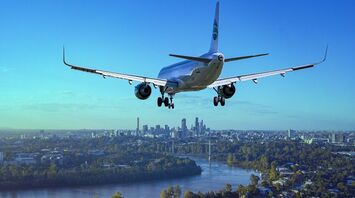
Every person who has ever had to travel by air has probably wondered how safe it is to fly. Despite possible concerns, researchers have long ago concluded that airplanes are one of the safest ways to travel long distances.
For example, if you examine data from the International Air Transport Association, you'll learn that in 2022, there were a staggering number of flights - about 32.2 million - and only five of them had fatal crashes, killing a total of 158 people. That's about 0.000016%, which is a significant reason to recognize airplanes as one of the safest modes of transportation.
AirAdvisor's team of experts decided to clarify some aspects of airplane safety: explaining the difference between the safety of flying on airplanes, driving and other modes of transportation, what are the reasons for the low accident rate and sharing tips to help you deal with the fear of flying.
Is an airplane safer than a car?
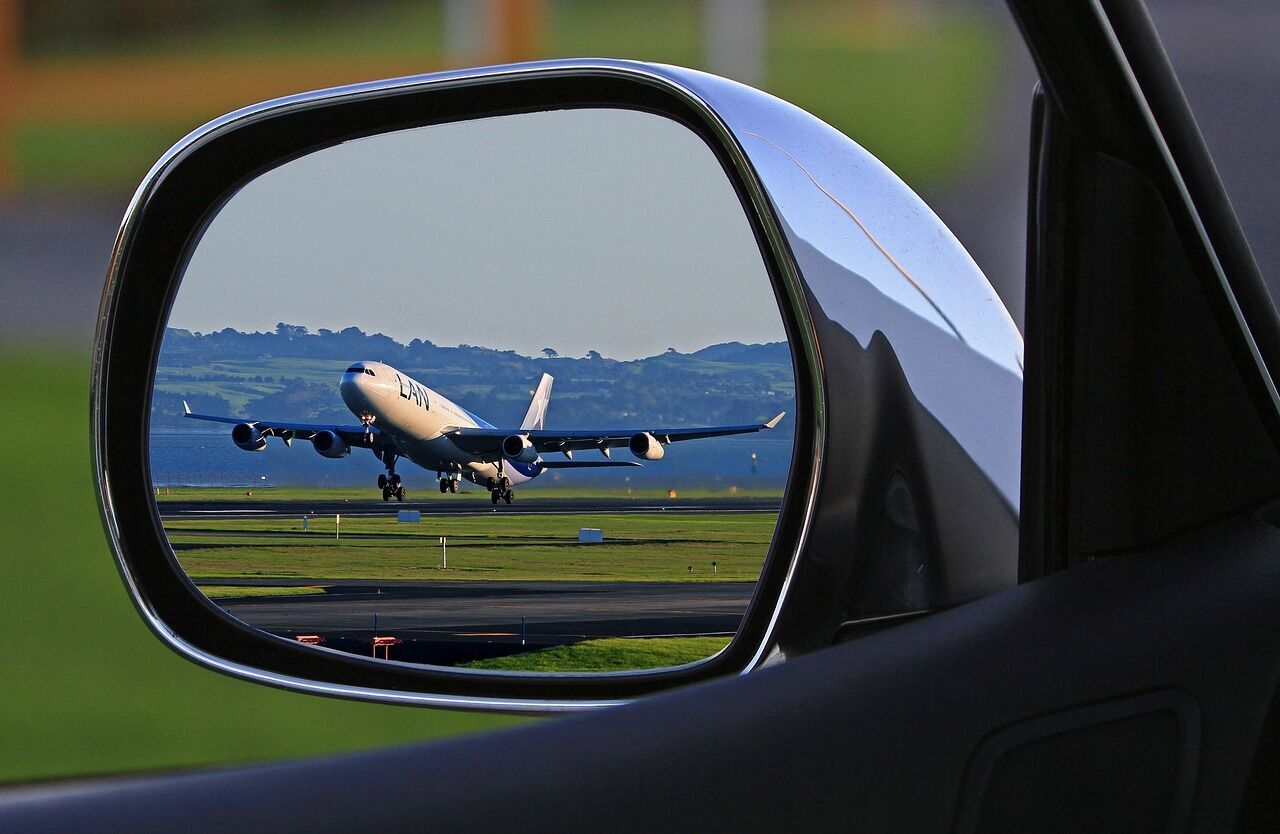
When researching the safety of different modes of transportation, the familiar to everyone cars can emphasize the difference like nothing else. If, as mentioned above, the share of fatal accidents in air travel is negligible compared to the number of flights, the picture is quite different with road transport. While the number of people killed in airplane crashes in 2022 was 158, the number of people killed in road accidents in the European Union alone was 20,600. At the same time, this figure increased by 3% compared to the previous year's statistics, suggesting that it may also increase in the future. At the same time, the level of aviation mortality is decreasing more and more, confirming that modern airplanes are really safe enough.
It is worth understanding that any mode of transportation, no matter what we choose, carries a certain level of risk. However, already based on these figures, it is clear that air transportation shows a lower level of risk than automobile transportation. Of course, this may not be enough to say goodbye to the fear of flying when you're several thousand feet up in the air. Still, statistics are an inexorable thing, and they are strong evidence that you are far less likely to have an airplane crash than a car accident.
Is a thunderstorm a threat to flying?
Modern airplanes are designed to withstand heavy rain and lightning strikes, so it is generally considered safe to fly during a thunderstorm. It is also worth bearing in mind that pilots necessarily undergo extensive training on how to respond to adverse weather conditions. And modern weather radar systems help them avoid stormy areas. So whenever possible, airline pilots do their best to avoid storm zones for the safety and comfort of the passengers on board during air travel.
How dangerous are turbulence zones?
Just as with thunderstorm conditions, the design of modern airplanes can withstand turbulence situations. "Turbulence zone" is commonly referred to as an area of the atmosphere where air masses with different wind speeds and temperatures mix, causing the airplane to shake or suddenly change altitude. Naturally, such experiences during flight cause anxiety among passengers.
For situations like this during a flight, pilots act in conjunction with air traffic controllers to anticipate the occurrence of these zones and adjust the trajectory for a smoother flight. Occasional "bumps" still occur, but flying in areas of turbulence is considered generally safe, although some risks still remain.
What are the most common causes of airplane crashes?
Although airplane crashes are extremely rare, they do occur occasionally, raising questions about how safe air travel is. This is often caused by a combination of several different factors. A few of the most common ones can be highlighted.
- Pilot error. It is worth realizing that the human factor can affect the actions of even the most highly qualified pilots. Even experienced specialists can make mistakes: from incorrect assessment of weather conditions to emergencies and incorrect actions in these cases.
- Mechanical failure. Aircraft necessarily undergo thorough inspections before flight, but mechanical problems can occur, such as engine or hydraulic malfunctions. Thanks to improvements in modern technology and aviation maintenance procedures, the number of such incidents has decreased significantly, but they still occur.
- Poor weather conditions. As mentioned, pilots are trained to react during a variety of weather conditions. But the most severe ones, such as storms, can lead to disaster. Alas, weather is fickle and these conditions can change very quickly, so risks remain even with the most advanced monitoring systems in place.
- Malfunctions or lack of communication. Communication is a vital part of aviation, both for crew and air traffic controllers. Communication failure, miscommunication or lack of communication can have the most serious consequences.
The largest airplane crashes in history
Recent advances in technology, training, and regulation of air travel have further reduced the likelihood of accidents involving airplanes. But at the same time, it is important to remember some of the major crashes that have become part of the industry's history.
They have also served as lessons and provided truly invaluable information that have helped to greatly improve air transportation safety and make flying today the safest way to travel long distances. Here are a few that happened to commercial airplanes.
- Tenerife Airport Crash. This horrific accident occurred in 1977 when two Boeing 747s collided on the runway. 583 people died. One of the causes was that one of the pilots mistakenly thought that the air traffic controller had given him permission to take off.
- Japan Airlines Flight 123. In 1985, an airplane crashed into a mountain, killing 520 people. The cause was a technical malfunction.
- Turkish Airlines Flight 981. In 1974, an airplane crashed in a forest near Paris, France, killing all 346 people who were on board. The cause was a design flaw in the cargo door that led to explosive decompression in flight.
How to overcome the fear of air travel?
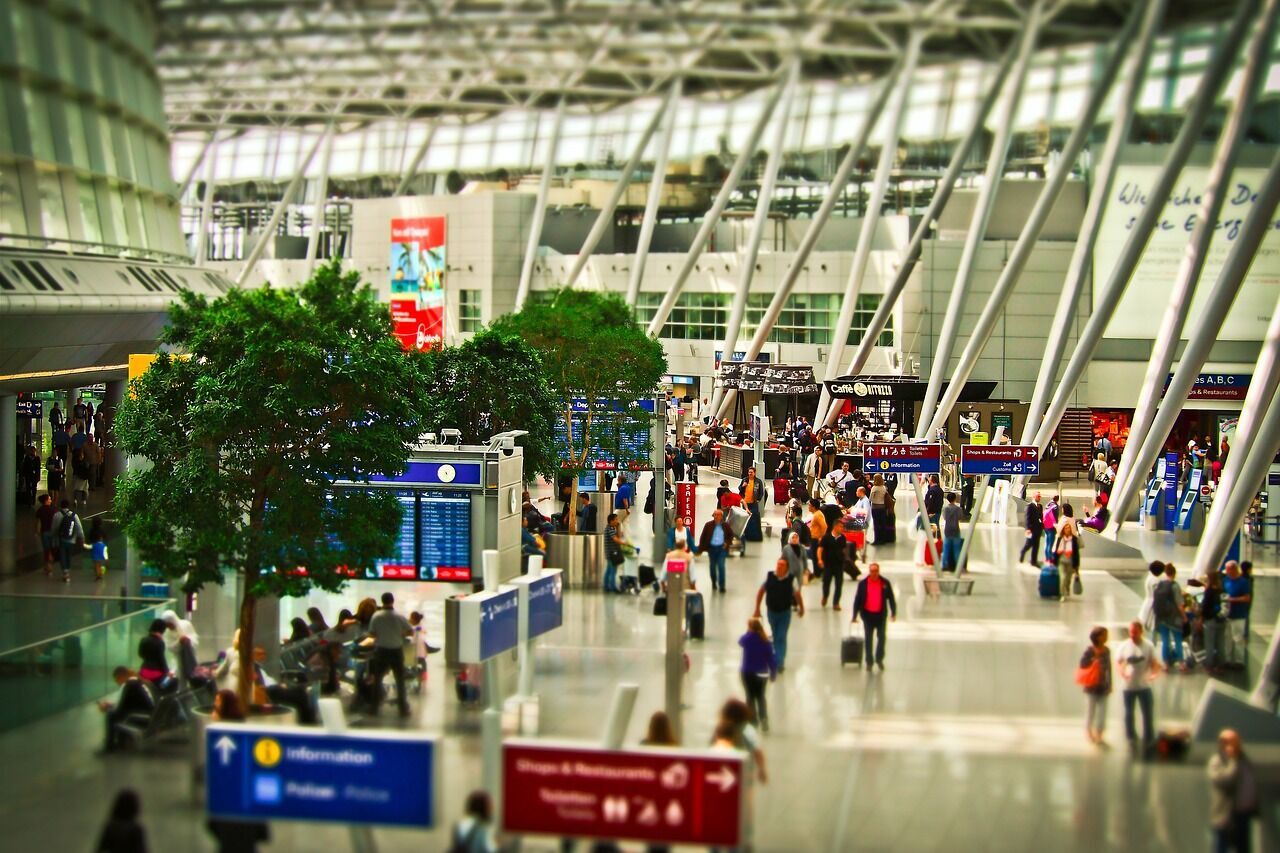
Before a flight, you may feel unpleasant feelings: from anxiety to real fear. This is completely normal and quite common: even those who fly often can feel anxious before a flight. However, you can use some strategies to help you cope with the fear.
- Identify the nature of your fear. For example, if you are afraid of heights, try an aisle seat. If you're nervous about confined spaces, book a ticket with extra legroom to get rid of the feeling of being pressured from all sides. Once you understand your fear, you can begin to fight it.
- Set yourself up for positivity. You don't need to visualize scary scenarios in your mind. It is better to visualize pleasant events and experiences that await you when you arrive at your destination. Positive thinking is another of the main ways on how to get rid of the fear of flying.
- Make time for yourself. If you arrive at the airport late or close to your flight, rushing will only increase your anxiety. Therefore, it is better to arrive at the airport with enough time to go through security screening, check-in and relax before takeoff at a relaxed pace.
- Make use of the airport facilities. Sit in the seating areas, take a stroll through the stores or stop by a café for a snack. All of these activities will help distract you.
- Talk to the crew. Tell the flight attendant about your anxiety: they have experience of dealing with passengers who have a fear of flying. You could use the extra support.
- Breathe. Progressive muscle relaxation and deep breathing help calm the mind and body. This can come in handy during a flight.
- Don't drink alcohol. Alcoholic beverages can lead to dehydration and increase anxiety. It's better to drink water or a soothing herbal tea.
- Consider medication. In severe cases, some people resort to prescribed tranquilizers to cope with fear. But this is only a short-term solution that won't get rid of the problem later on. Plus, it's important to remember that you can only take them if recommended by your doctor.
- Research therapies. There are solutions such as cognitive behavioral therapy (CBT), hypnosis, confrontation therapy, and more, which can also be a way to deal with your fear of flying.
- Courses from airlines. Some air carriers provide special courses for passengers who are afraid of flying. They provide professional information about flying and safety systems during the flight so that passengers can feel more confident.
- Take care of children. If the fear of flying is experienced by a child, pay special attention to his emotions. Try to distract them, explain turbulence and provide entertainment on board.




